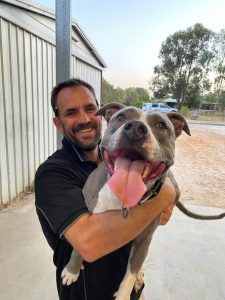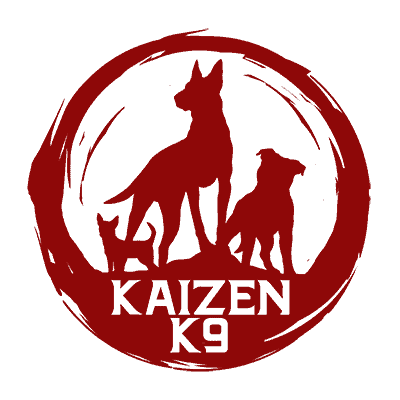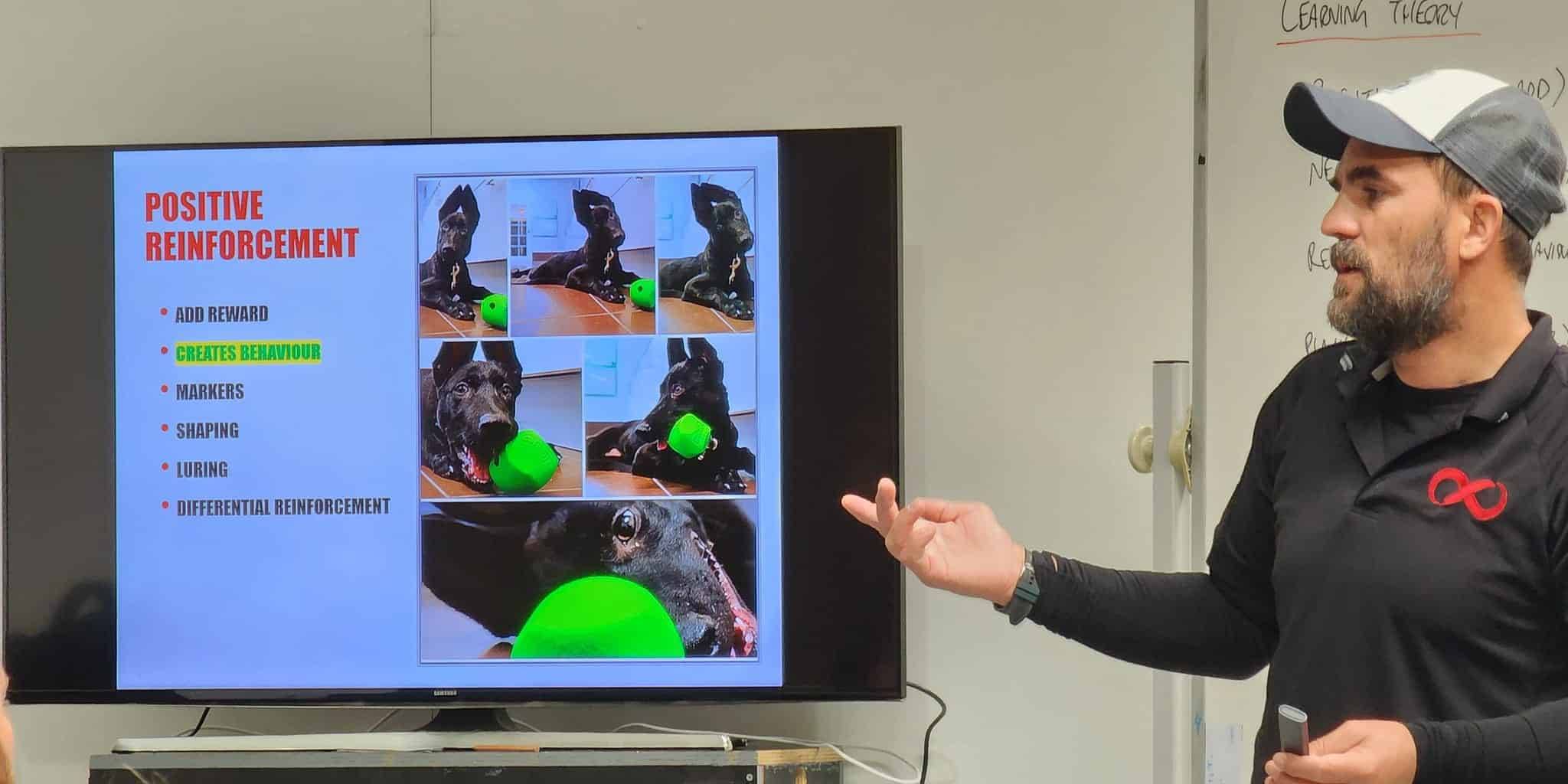We just received a poor review. As a result of this weekends Little Warriors puppy class. A class where we focus on making your puppy brave, strong, but also providing the foundations for future training. During the class we focused on creating dog neutrality, socialising, environmental conditioning, and the recall. The first step of our recall being: 1. Be fun, the source of good things, build a good relationship with your dog.
 So why the bad review? Because I mentioned e-collars and we utilised some negative reinforcement in the form of some light leash pops. I’m not overly concerned about the review, people are entitled to their opinions and we have plenty of people who highly recommend our services through results. No, I’m more concerned about the ideology that drives such reviews.
So why the bad review? Because I mentioned e-collars and we utilised some negative reinforcement in the form of some light leash pops. I’m not overly concerned about the review, people are entitled to their opinions and we have plenty of people who highly recommend our services through results. No, I’m more concerned about the ideology that drives such reviews.
This is a massive problem in the canine training industry right now. The rhetoric that you only need positive, force free methods. And of more concern is the guilting and shaming of anyone who disagrees. Just do a quick google search and you will quickly be shamed into either not using any form of aversive or at least hiding in the shadows when you do.
Google will tell you that you don’t need negative reinforcement or punishment. That positive only is enough as long as you are patient and kind. That you can love your dog into obedience. This is a nice narrative but it just isn’t true.
As humans we all know instinctively this is wrong. We all know that punishment works when applied correctly. We have all been punished and/or experienced some form of negative reinforcement in our lives and would readily acknowledge that we needed it.
However, somehow, inexplicably, the force free narrative gains momentum and gains following. Why? Well the simple reason is its an easy sell. Only do nice things. It works, its science. And when you train with treats and never use any aversive the training sessions always look nice. No consequence of poor timing or application is immediately evident. But the consequences are profound and enduring.
It is a fact that almost 100% of the human aggression and dog aggression cases we end up with had a foundation of force free training. And the number of these cases is constantly growing. Thanks to a community of dog owners that are afraid to say “no”. That have been guilted and shamed into waving treats in a naughty dogs face, cuddling puppies throwing tantrums, and managing developing aggression instead of punishing it.
At the same time the force free ideologists typically recommend a healthy dose of suppression be thrown in. Don’t you dare let you puppy get excited, don’t you dare play tug of war games, and don’t you dare play fetch. Apparently all these things lead to aggression.
Thus is the narrative of the force free community. A narrative that continually pushes against nature. In reality, dogs need rules, boundaries and guidance. They often need to do things they would rather not. And they also require genetic fulfilment.
The reality is, and this is supported heavily by modern science, punishment works and is often required. A major issue with this is if we don’t know how to use aversives correctly or we make mistakes there are also consequences that can be immediately evident. Even if we get it right the dog will often show you it doesn’t like that. But that’s the point. It shouldn’t like it. As long as it is shown the correct answer and the correct behaviour then it will certainly choose that.
However to use aversives in training your dog is difficult and carries with it a question of morality. How much is too much? This will be situation and dog dependent. Let the dog be your guide. But just because she doesn’t like it doesn’t mean it isn’t in her best interests. Would you allow a three year old to only do what they want? To eat what they want, to go where they want?
A question of skill also needs to be answered when using aversives. If you apply an aversive incorrectly there will be consequences. Often immediate. You need to be educated to know what tool to use, how to use it, when to use it. But that shouldn’t be used as an excuse not to use them. Getting educated should be a requirement.
Dogs need rules. They need to hear “no”. They need to grow up realising that sometimes they will not get instant gratification. Sometimes they have to do what they’d rather not. They can’t always get what they want. However, they also need to play, they need genetic fulfilment, they need to have a purpose.
We need to change the narrative. People who own dogs must be made responsible for its training. They must teach the dog correctly through the use of all four of Skinners learning quadrants. A force free approach shouldn’t be looked at as a person’s choice it should be looked at for what it is, irresponsible. There is risk of making mistakes with the alternative. However, not providing rules, control and guidance means your dog cannot live its best life. And that is not fair. It is not ok to keep a dog on leash its whole life because waving treats in its face hasn’t worked. It is not ok to keep a dog suppressed its whole life because you haven’t the tools or know how to allow it genetic expression.
As a dog owner you have a responsibility to ensure your dog is taught how to function in society appropriately. You must give your dog rules boundaries and guidance. You must afford your dog genetic fulfilment. You must build a strong healthy relationship. You must play. You must learn how. Waving treats in your dogs face is a poor substitute.
The force free ideologists have lost touch with reality. Just a month ago we had a client come to us as their last resort for an aggressive Shitzu. The dog was on antidepressants, as the treats wouldn’t work when she was around dogs or people. She would lunge and bark continually at everything. She was in a constant state of stress and she was miserable. The owners were told not to play any tug of war games, told to use food to distract her and redirect her, told to use differential reinforcement techniques and heavy medication. They were guilted and shamed into not using any form of punishment or aversive. Then the force free trainers had the talk with them. “Some dogs can’t be helped. They aren’t wired correctly. We may need to think about euthanasia.” The narrative needs to change. This type of advice needs to be shamed. This approach needs to be labelled irresponsible.
What if I told you that the dog just needed to hear “no”. What if a told you that the dog needed to be punished? What if i told you that had this dog received a punishment when it was a puppy that its next 2 years of life would have been far less stressful. It could have avoided medication, it could have been taken for daily walks, it could have lived its best life. The narrative needs to change. It is a sad shame that this dog has suffered so much at the hands of an ideology void of logic, based on outdated, hand-picked, and superseded science that thinks itself morally superior to those that wish to provide a great life for their dogs. The real shame is just how common the mistreatment by the force free community is.
We are happy to report that the Shitzu is responding well to the training and should make a full recovery from the force free mistreatment.
Learn more about our puppy classes or pet dog training solutions.



Spot on! Great article. Enjoyed reading your articulation of the issues involved.
I only add that “punishment” is by definition as a term from the lexicon of behavior science, a method that always is effective. If what you do is not effective, then it is not punishment. It is simply a failed attempt at punishment, and this unfortunately happens in spite of best efforts to the contrary. The same holds true for reinforcement. Reinforcement is always effective by definition. As dog trainers attempting to have an effect on the behavior of dogs, the best we can do is provide or withhold rewards, and apply or remove aversives for the purpose of being effective.